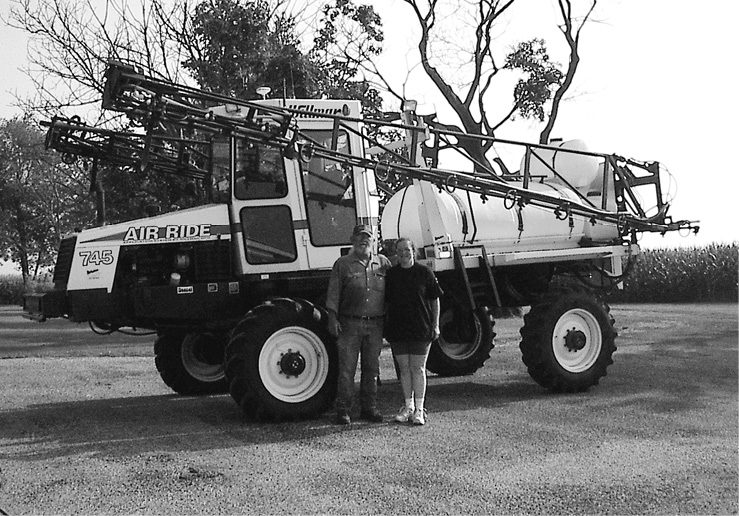No-Till Farmer
Get full access NOW to the most comprehensive, powerful and easy-to-use online resource for no-tillage practices. Just one good idea will pay for your subscription hundreds of times over.

Name: Rich and Marcy Little
Location: Eaton, Ohio
Years Of No-Tilling: 15
Acres: 1,100
No-Tilled Crops: Corn and soybeans
Our shift to no-tillage started after we attended a Top Farmer Crop Workshop at Purdue University in 1989. We were told about the big gains that some of the early no-till innovators were getting by seeding soybeans with a no-till drill rather than in 30-inch rows. It seemed like a good system to consider.
We were getting a lot of soil loss from wind erosion on our 260-acre family farm, which was one of the original Revolutionary War land grants. It had once been swampy land that Marcy’s grandfather and great-grandfather had cleared and drained.
After decades of conventional tillage, the plow was bringing up clay from what had originally been about 24 inches of topsoil. The typical spring tillage routine was to chisel plow behind soybeans and moldboard plow the corn stalks, then run the field cultivator. They made one pass to apply anhydrous ammonia in front of the planter, another pass to run a cultiplanter to work the soil again and then, if it got weedy, to run a disc over the field a couple more times. It seemed obvious to us — although not necessarily to Marcy’s dad at that time — that there must be other options.
We made the plunge in 1990 by no-tilling both corn and soybeans and we’ve never been sorry. What we saw immediately was…